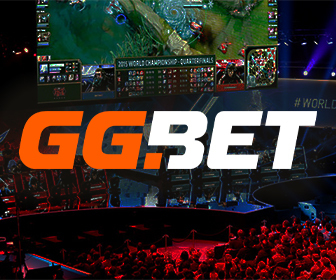You settle into your sofa, ready to dive into the latest streaming series or perhaps start a new video game. The seamless transition from menu to moment, the evocative colour palette – these are the often unnoticed orchestrations of design at work. Or in your favourite games, it is the vital element ensuring that, whether you are exploring an open world in a fantasy epic or engaging with the interface of a high-quality casino online design, your focus remains entirely on the pleasure of the experience itself.
Thoughtful design choices are fundamentally central to how digital entertainment is created, driving deeper user engagement, enriching narrative delivery, and forging a distinct brand identity in a crowded digital landscape.
The Central Role of Design in Digital Entertainment
Design forms the core around which all high-quality digital entertainment is built. Whether a developer is engineering a new streaming application or building the environment for a modern video game, thoughtful design choices are ideal for success. These choices directly enhance user engagement and enrich the narrative told.
Design is currently driving significant change across the entertainment industry, moving far beyond mere aesthetics. It is a catalyst in developing immersive formats, such as virtual reality (VR), and is beginning to integrate with tools like AI-assisted content creation.
User Experience in Gaming Platforms
Modern gaming lives or dies by its user experience. Designers create intuitive interfaces, ensuring that menus are clear and navigation feels natural, not confusing. They also meticulously refine responsive controls, allowing your character or vehicle to react instantly and precisely to your input; this ensures you remain completely immersed in the game and focused on the challenge, not the controls.
When game designers achieve this level of refinement, you stay engaged for longer because the interaction barrier vanishes, leaving you free to enjoy the story and the action without frustration. For example, a well-designed heads-up display (HUD) provides essential information without ever cluttering the screen or overwhelming your focus.
Visual Storytelling in Digital Media
Visual storytelling is perhaps the most emotive tool designers have at their disposal in the digital realm. It uses sophisticated composition, a carefully chosen colour palette, and detailed character design to effectively evoke a specific mood, trigger a deeper emotion, and ultimately deepen your engagement with the content.
Consider the deliberate choice of warm, inviting colours in a comfort-focused streaming app’s interface versus the stark, cool tones used to establish a sense of unease or mystery in a new science fiction game. When they use this visual language effectively, the design doesn’t just look good; it actively works to pull you further into the narrative world, making the experience more memorable and impactful.
Branding in Digital Entertainment
A strong brand identity is what allows entertainment platforms to truly connect with audiences on an emotional level and distinguish themselves in an incredibly competitive market. From defining a consistent visual identity, like a unique colour scheme and typography, to creating a memorable, immersive brand storytelling experience, design is the absolute key.
Designers are tasked with creating digital experiences that resonate immediately. For instance, think about the instantly recognisable sound or visual signature that precedes a show on a major streaming service. That moment is a deliberate piece of design. It signals quality and familiarity.

